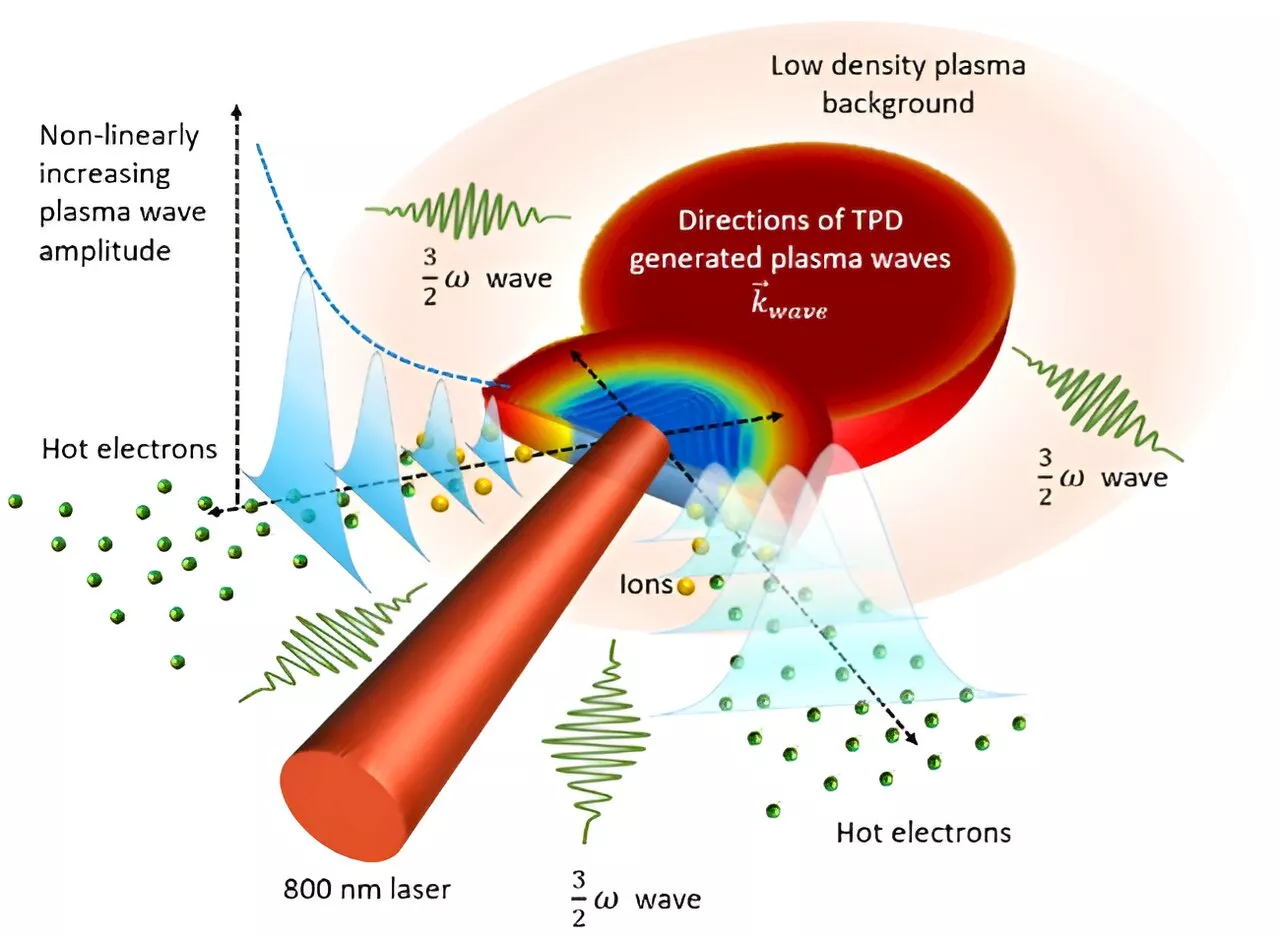A new method of timber analysis can confidently identify the location in which the tree was harvested. The method has been developed with the aim of combating illegal timber imports from Russia and Belarus.
A new method of timber analysis developed by researchers from the University of Gothenburg can confidently identify the location in which the tree was harvested. The method has been developed with the aim of combating illegal timber imports from Russia and Belarus.
"We collected 900 wood samples from 11 Eastern European countries, including Belarus and Russia. We selected oak, birch, pine and beech, all of which are important in the timber trade. By analysing and comparing isotope ratios and the concentrations of 15 different trace elements in wood tissue, we can determine the harvest location of the tree within a 200 kilometer radius," says Jakub Truszkowski.
While this study focused on the illegal timber trade in Eastern Europe, the method is applicable all over the world. It is estimated that more than half of tropical timber may be harvested illegally. Using a new power sector model, a team of researchers has proposed a method for Europe to eliminate natural gas imports from ...
Indonesia Berita Terbaru, Indonesia Berita utama
Similar News:Anda juga dapat membaca berita serupa dengan ini yang kami kumpulkan dari sumber berita lain.
 Russia-Ukraine war: How Ukraine lost Avdiivka to RussiaThe loss of the city of Avdiivka last month marked the end of a long, exhausting defense for the Ukrainian military. One brigade had defended the same block of buildings for months without a break. Another unit had been in the city for nearly two years. Ammunition was low, and the Russians conducted dozens of airstrikes every day.
Russia-Ukraine war: How Ukraine lost Avdiivka to RussiaThe loss of the city of Avdiivka last month marked the end of a long, exhausting defense for the Ukrainian military. One brigade had defended the same block of buildings for months without a break. Another unit had been in the city for nearly two years. Ammunition was low, and the Russians conducted dozens of airstrikes every day.
Baca lebih lajut »
 Robolawyers Are As Good As Humans, Say ResearchersQuicker, cheaper and almost as accurate as humans, robolawyers are set to disrupt the legal industry.
Robolawyers Are As Good As Humans, Say ResearchersQuicker, cheaper and almost as accurate as humans, robolawyers are set to disrupt the legal industry.
Baca lebih lajut »
 Ancient ice may still exist in distant space objects, researchers findA new paper presents findings about the Kuiper Belt Object 486958 Arrokoth, shedding new light on the preservation of volatile substances like carbon monoxide in such distant celestial bodies.
Ancient ice may still exist in distant space objects, researchers findA new paper presents findings about the Kuiper Belt Object 486958 Arrokoth, shedding new light on the preservation of volatile substances like carbon monoxide in such distant celestial bodies.
Baca lebih lajut »
 Local researchers responding to rise of marine mammal strandingsFOX10 talked to a local researcher about rising cases of stranded marine mammals.
Local researchers responding to rise of marine mammal strandingsFOX10 talked to a local researcher about rising cases of stranded marine mammals.
Baca lebih lajut »
 Researchers generate super-fast electrons with table-top laser systemsIn massive particle accelerators, sub-atomic particles (like electrons) are sped up to super-high speeds comparable to the speed of light towards a target surface. The collision of accelerated sub-atomic particles gives rise to unique interactions enabling scientists to obtain a deeper understanding of the fundamental properties of matter.
Researchers generate super-fast electrons with table-top laser systemsIn massive particle accelerators, sub-atomic particles (like electrons) are sped up to super-high speeds comparable to the speed of light towards a target surface. The collision of accelerated sub-atomic particles gives rise to unique interactions enabling scientists to obtain a deeper understanding of the fundamental properties of matter.
Baca lebih lajut »
 Researchers propose fourth traffic signal light for hypothetical self-driving car futureAndrew Paul is Popular Science‘s staff writer covering tech news. Previously, he was a regular contributor to The A.V. Club and Input, and has had recent work featured by Rolling Stone, Fangoria, GQ, Slate, NBC, as well as McSweeney’s Internet Tendency. He lives outside Indianapolis.
Researchers propose fourth traffic signal light for hypothetical self-driving car futureAndrew Paul is Popular Science‘s staff writer covering tech news. Previously, he was a regular contributor to The A.V. Club and Input, and has had recent work featured by Rolling Stone, Fangoria, GQ, Slate, NBC, as well as McSweeney’s Internet Tendency. He lives outside Indianapolis.
Baca lebih lajut »
